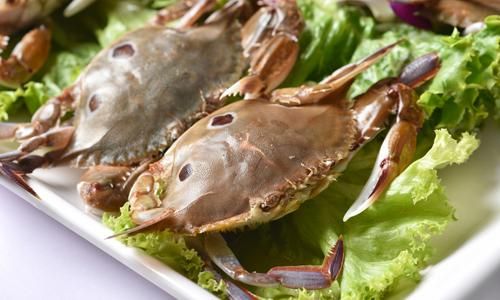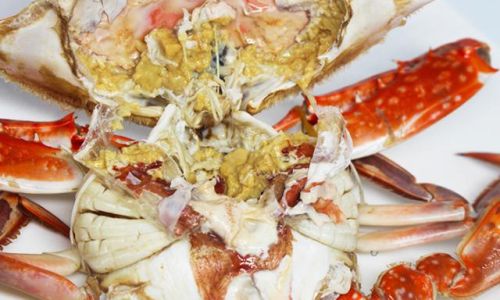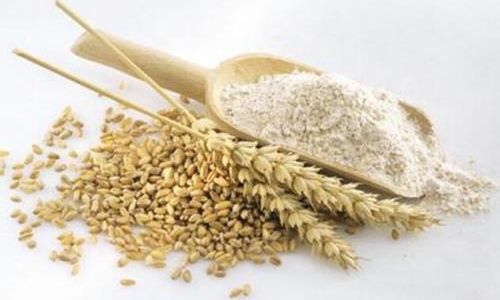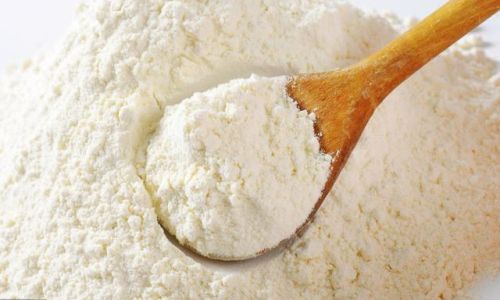Table of content
Introduction
Sea crabs, particularly the species known as Portunus Trituberculatus, commonly referred to as swimming crabs or simply “sea crabs,” are a delicacy enjoyed worldwide for their sweet, tender meat and unique flavor. These crabs are abundant in coastal regions and are often caught during their peak seasons, which vary depending on geographical location. However, preserving sea crabs to maintain their freshness and quality can be challenging, especially for those who wish to enjoy them long after they’ve been caught. This article delves into the various methods of preserving sea crabs, offering practical advice and tips to ensure that your crabs retain their optimal taste and texture.
Understanding Sea Crabs
Before discussing preservation techniques, it’s crucial to understand the biology and characteristics of sea crabs. Portunus Trituberculatus are known for their ability to swim, thanks to their flattened, broad bodies and powerful swimming legs. They inhabit shallow coastal waters and can be found buried in sand or hiding under rocks. These crabs are highly adaptable and can survive in a range of salinities and temperatures, but their shelf life post-harvest is relatively short without proper preservation.
Importance of Prompt Handling
The first step in preserving sea crabs is prompt handling after capture. Crabs should be kept cool and moist to slow down their metabolism and reduce stress. Ideally, they should be processed within a few hours of being caught to maximize freshness and quality. This involves sorting through the crabs to separate males from females (females often have more meat and are more sought after), cleaning them to remove any dirt or debris, and then choosing the appropriate preservation method based on intended use and storage duration.

Live Storage Methods
For those who plan to consume the crabs within a short period, live storage is an excellent option. Here are a few methods for keeping sea crabs alive:
Moistened Seaweed or Newspaper
One simple method is to wrap the crabs individually in moistened seaweed or newspaper. This keeps them cool and hydrated. Place the wrapped crabs in a vented, insulated container lined with more moistened seaweed or newspaper. The container should be kept in a cool, dark place, ideally at temperatures between 4°C and 10°C (39.2°F and 50°F). This method can keep crabs alive for up to a couple of days.
Refrigeration with Wet Towels
Another method involves placing crabs in a refrigerator with a layer of wet towels on the bottom and covering them with additional wet towels. Ensure there’s adequate ventilation by leaving small gaps or using a perforated container. Check the towels regularly to keep them moist and replace them as needed. This method can extend the crabs’ life by a few days, but it’s crucial to monitor them closely for signs of stress or deterioration.

Aquarium or Crab Tank
For longer-term live storage, setting up an aquarium or crab tank is recommended. Fill the tank with filtered sea or saltwater (matching the crabs’ natural habitat’s salinity) and provide hiding spots such as rocks or pipes. Maintain the water temperature between 10°C and 15°C (50°F and 59°F) and ensure proper aeration. Feed the crabs small amounts of fish, shellfish, or crab food daily. This setup can keep crabs alive for up to a week or longer, depending on the tank’s size and maintenance.
Freezing Methods
For long-term preservation, freezing is the most effective method. Freezing sea crabs involves several steps to ensure that the meat retains its quality and texture:
Preparation
Before freezing, clean the crabs thoroughly under cold running water. Remove any visible dirt, debris, or seaweed. Use a sharp knife or crab cracker to carefully crack the shell open without damaging the meat too much. Remove and discard the internal organs, including the stomach, intestines, and gills. Rinse the meat under cold water and pat it dry with paper towels.

Blanching
Blanching helps to kill bacteria, firm up the meat, and prevent enzyme action that can cause discoloration and off-flavors. Immerse the cleaned crab pieces in boiling water for about 2-3 minutes (depending on size). Use a slotted spoon to remove them and plunge them immediately into ice water to stop the cooking process. Drain well and let them cool completely.
Freezing
Seal the blanched crab pieces in airtight, freezer-safe bags or containers, removing as much air as possible to prevent freezer burn. Label the bags with the date and contents. Place them in the freezer, preferably in the coldest part, which is usually the back. Properly frozen sea crabs can be stored for up to 6 months to a year, maintaining good quality.
Thawing and Cooking
When ready to use, thaw the frozen crab pieces in the refrigerator overnight. Alternatively, you can thaw them under cold running water, but this should be done in a sealed, leak-proof container to prevent cross-contamination. Never thaw crab meat at room temperature or in hot water, as this can promote bacterial growth and compromise safety. Once thawed, cook the crab as desired, whether it’s steaming, boiling, grilling, or incorporating it into various dishes.

Canning and Pickling
While less common for sea crabs, canning and pickling are viable options for those interested in preserving crab meat in a different form. Canning involves processing crab meat in a pressure canner to ensure sterility and extend shelf life. Pickling, on the other hand, involves preserving crab meat in a vinegar-based brine, which adds flavor and acts as a preservative.
Both methods require careful handling to avoid contamination and ensure food safety. Canned and pickled crab meat can be stored for several months to a year, depending on storage conditions. When opening canned or pickled crab, always check for signs of spoilage, such as off odors, discoloration, or bulging cans.
Conclusion
Preserving sea crabs requires careful planning and execution to ensure that the final product retains its desirable qualities. Whether you choose live storage, freezing, canning, or pickling, each method has its own set of guidelines and best practices. By following these guidelines and paying attention to detail, you can enjoy fresh, high-quality sea crab meat throughout the year, even during off-season. Remember, the key to successful preservation lies in prompt handling, proper cleaning, and choosing the right method based on your needs and preferences. Happy crab preserving!






0 comments